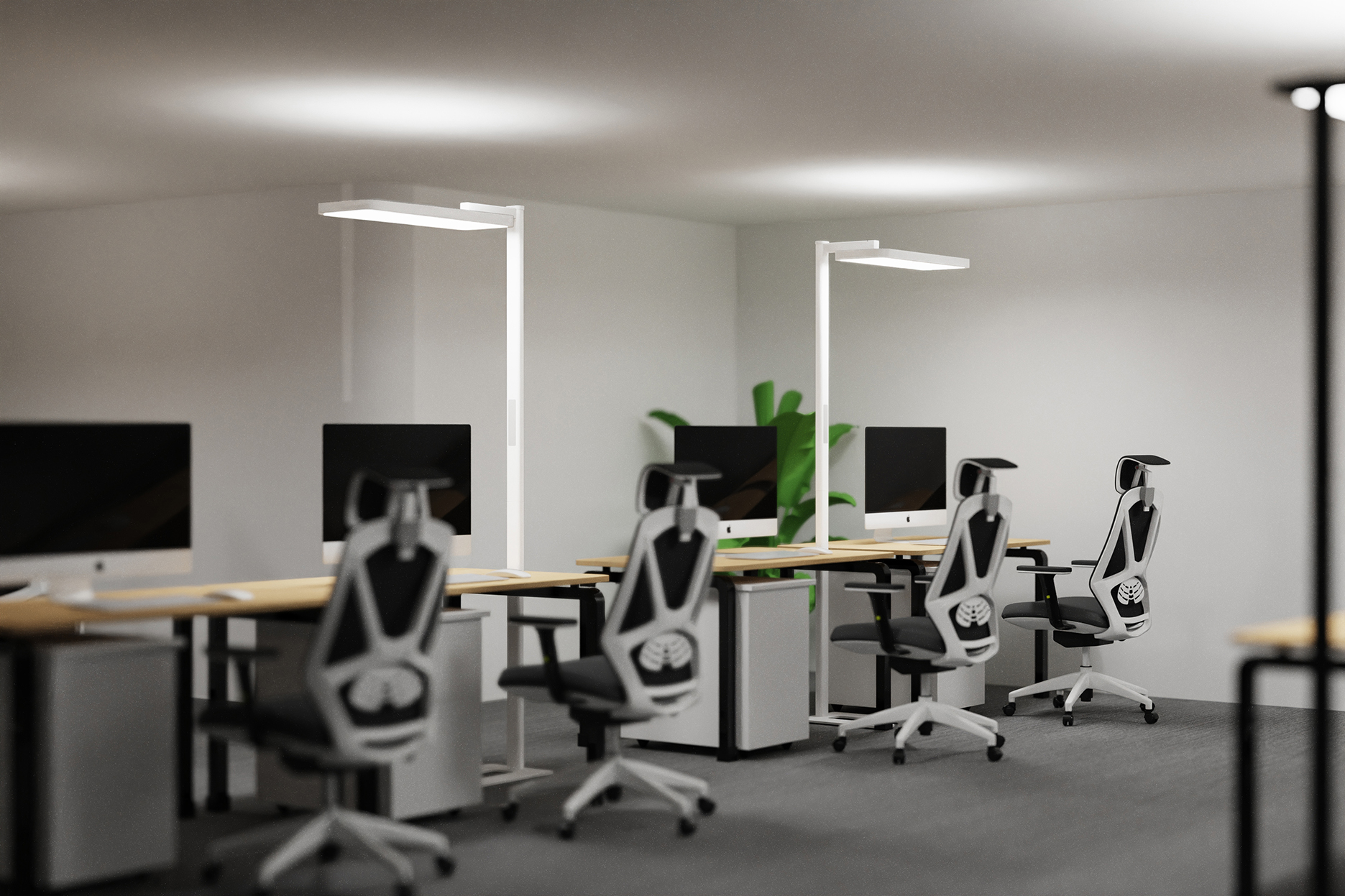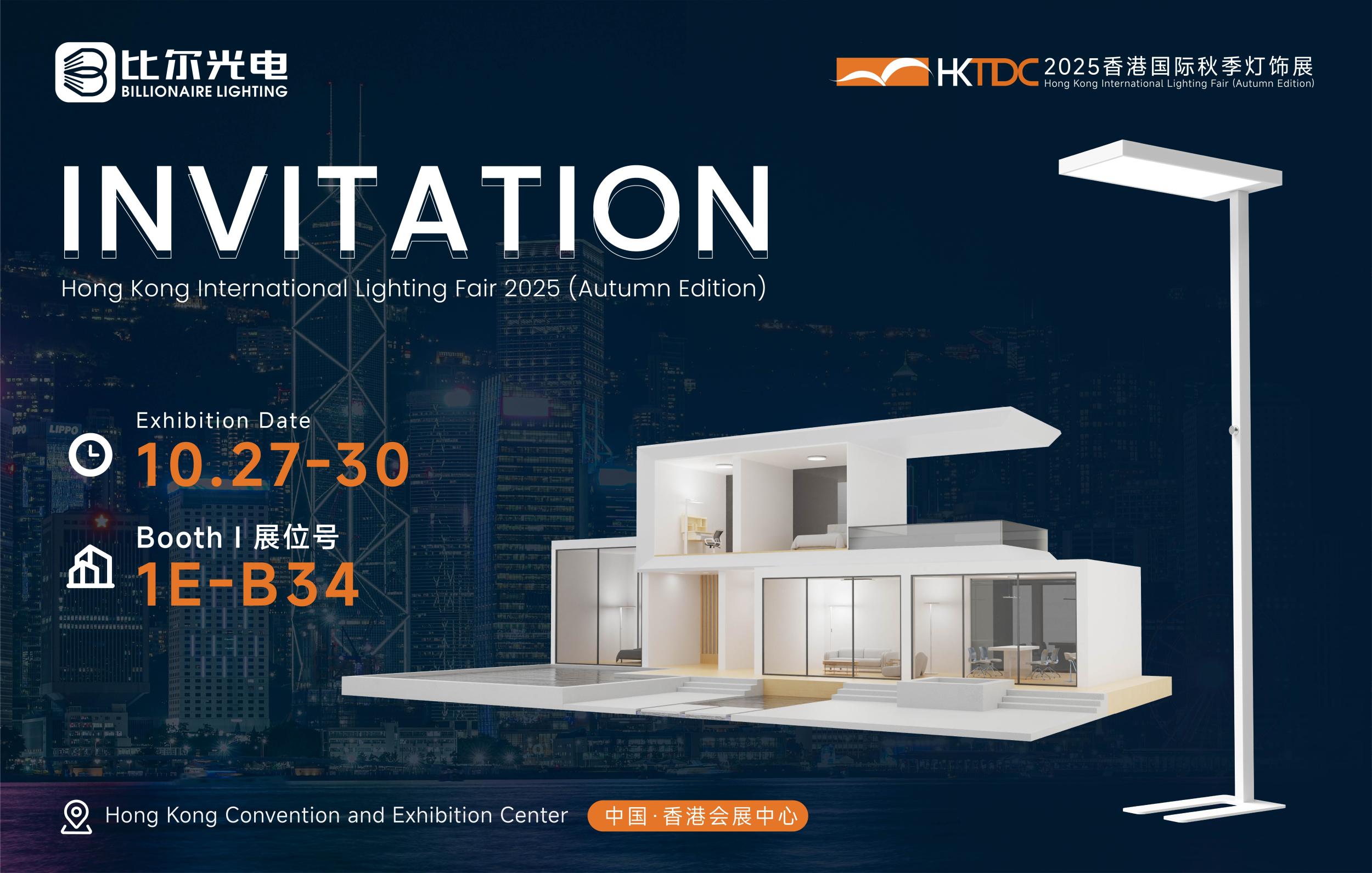Freestanding luminaires, also known as freestanding lamps, have long been a staple in interior design and lighting solutions. These lighting fixtures are not only practical sources of illumination but also contribute significantly to the aesthetic appeal of a space. Whether in residential settings like living rooms, bedrooms, and home offices, or in commercial environments such as offices, hotels, and retail stores, freestanding luminaires play a crucial role in creating the right ambiance and meeting diverse lighting requirements.
Design Variations of Freestanding Luminaires
Traditional Styles
Traditional freestanding luminaires often draw inspiration from classic design elements. They typically feature ornate details, such as carved wooden bases, decorative finials, and fabric lampshades in warm, earthy tones. For example, a traditional floor lamp might have a mahogany base with intricate scrollwork. These lamps are designed to blend seamlessly with traditional - style interiors, where rich woods, heavy fabrics, and classic color palettes are prevalent. The lampshades are usually made of materials like silk or linen, which diffuse the light softly, creating a cozy and inviting atmosphere. In a traditional living room, a well - placed traditional freestanding lamp can be a focal point, enhancing the elegance and sophistication of the space.
Modern and Contemporary Designs
Modern and contemporary freestanding luminaires are characterized by their sleek lines, minimalist forms, and use of innovative materials. They often incorporate metals like aluminum, stainless steel, and chrome, as well as glass and plastic. A modern floor lamp might have a slender, cylindrical metal pole with a geometric - shaped lampshade made of frosted glass. These designs are all about simplicity and functionality. The use of energy - efficient LED lights is also common in modern freestanding luminaires. The clean lines and uncluttered look of these lamps make them ideal for contemporary homes, modern offices, and trendy commercial spaces. They can add a touch of modern elegance and a sense of spaciousness to a room, as their minimal design doesn't overpower the other elements in the space.
Industrial - Inspired Luminaires
Industrial - style freestanding luminaires have gained popularity in recent years. They take cues from industrial settings such as factories and warehouses. These lamps often feature exposed bulbs, metal cages, and raw, unfinished materials. A typical industrial floor lamp might have a large, metal - mesh cage around the bulb, giving it a rugged and utilitarian look. The bases are usually made of heavy - duty metals, and the poles may have a distressed or rust - like finish. Industrial - inspired luminaires are perfect for creating a loft - style or urban - chic atmosphere. In a converted loft apartment or a trendy coffee shop, these lamps can add a unique and edgy touch, while still providing sufficient illumination.
Art - Deco Influence
Art - deco freestanding luminaires are known for their bold geometric shapes, luxurious materials, and glamorous details. They often feature elements such as stepped bases, faceted glass, and metallic accents. A classic art - deco floor lamp might have a base in the shape of a pyramid, with a glass shade adorned with geometric patterns. The use of materials like brass, bronze, and colored glass is common, giving these lamps a rich and opulent look. Art - deco luminaires are well - suited for adding a touch of glamour and sophistication to spaces with an art - deco or mid - century modern decor. They can be used to create a focal point in a living room or to enhance the elegance of a hotel lobby.
Functionality of Freestanding Luminaires
Task Lighting
One of the primary functions of freestanding luminaires is to provide task lighting. In a home office, a freestanding desk lamp can be adjusted to shine directly on the work surface, providing bright and focused light for activities such as reading, writing, and using a computer. These lamps often have adjustable necks or heads, allowing the user to direct the light precisely where it is needed. In a commercial setting, such as a retail store, freestanding spotlights can be used to highlight products on display. They can be positioned to draw attention to specific items, making them more appealing to customers. The ability to focus light on a particular task or object makes freestanding luminaires an essential tool for enhancing productivity and functionality in various spaces.
Ambient Lighting
Freestanding luminaires also play a crucial role in creating ambient lighting. In a living room, a floor lamp placed in a corner can emit a soft, diffused light that fills the room with a warm glow. This ambient light can create a cozy and inviting atmosphere, perfect for relaxing or entertaining guests. In a hotel lobby, a large, decorative freestanding lamp can contribute to the overall ambiance of the space. The light from these lamps can help to set the mood, whether it's a bright and energetic atmosphere during the day or a more subdued and relaxing one in the evening. By combining task lighting and ambient lighting, freestanding luminaires can create a well - balanced and comfortable lighting environment.
Dimming and Adjustable Features
Many modern freestanding luminaires come with dimming capabilities. This feature allows users to adjust the brightness of the light according to their needs. For example, in a bedroom, a dimmable floor lamp can be set to a low brightness level for a relaxing bedtime atmosphere, or turned up to a brighter setting for reading. Some lamps also have adjustable height features. This is particularly useful in spaces where different people with varying height preferences use the lamp. An adjustable - height lamp can be set to the most comfortable position for each user, ensuring optimal lighting conditions. Additionally, some freestanding luminaires have multiple light sources or the ability to change the color temperature of the light, providing even more flexibility in creating different lighting effects.
Benefits of Freestanding Luminaires
Flexibility in Placement
One of the major advantages of freestanding luminaires is their flexibility in placement. Unlike fixed ceiling or wall - mounted lights, freestanding lamps can be easily moved around a space. This makes them ideal for rooms where the layout may change frequently, such as in a home that is used for different activities at different times. For example, in a multipurpose room that serves as a living room during the day and a home theater at night, a freestanding lamp can be moved to provide lighting for reading during the day and then repositioned to create a more subdued atmosphere for movie - watching in the evening. In a commercial setting, such as an office that is being renovated or a store that is changing its product displays, freestanding luminaires can be quickly relocated to meet the new lighting requirements.
Energy Efficiency
With the advancement of lighting technology, many freestanding luminaires now use energy - efficient LED bulbs. LED bulbs consume significantly less electricity compared to traditional incandescent bulbs, which not only helps to reduce energy bills but also has a positive impact on the environment. Additionally, LED bulbs have a much longer lifespan, reducing the need for frequent bulb replacements. This is especially beneficial in commercial settings where the cost of maintaining lighting fixtures can be high. Even in residential homes, the energy - saving and long - lasting nature of LED - equipped freestanding luminaires make them a cost - effective choice in the long run.
Aesthetic Enhancement
Freestanding luminaires are not just sources of light; they are also decorative elements that can enhance the aesthetic appeal of a space. As mentioned earlier, the wide variety of design styles available means that there is a freestanding lamp to suit every interior design theme. A well - chosen lamp can complement the existing furniture, color scheme, and decor of a room, adding a touch of style and personality. In some cases, a unique or statement - making freestanding luminaire can even become the focal point of a space, drawing the eye and adding visual interest. Whether it's a modern, minimalist lamp in a contemporary living room or a traditional, ornate lamp in a classic - style study, freestanding luminaires have the power to transform the look and feel of a room.
Choosing the Right Freestanding Luminaire
Consider the Space
The first step in choosing the right freestanding luminaire is to consider the space where it will be placed. The size of the room is an important factor. In a small room, a compact freestanding lamp may be sufficient, as a large lamp could make the space feel cramped. On the other hand, in a large room, a larger - scale lamp may be needed to provide adequate lighting and to make a visual impact. The function of the room also matters. For a reading nook, a lamp with a focused beam and adjustable features for task lighting would be ideal. In a dining area, a lamp that provides soft, ambient light to create a pleasant dining atmosphere would be more appropriate.
Lighting Requirements
Understanding the lighting requirements of the space is crucial. If the primary purpose is task lighting, look for a lamp with a high - lumen output and the ability to direct light precisely. For ambient lighting, a lamp that diffuses light evenly and creates a warm glow is a better choice. Consider the existing lighting in the room as well. If the room already has bright overhead lighting, a freestanding lamp can be used to add a more intimate and cozy touch. In contrast, if the room has limited natural light or existing lighting, a more powerful freestanding luminaire may be needed to provide sufficient illumination.
Style and Design Compatibility
The style and design of the freestanding luminaire should match the overall decor of the space. As discussed, different design styles are available, from traditional to modern. A lamp that clashes with the existing decor can look out of place and disrupt the visual harmony of the room. Take into account the color scheme, furniture style, and other decorative elements in the space. For example, if the room has a lot of wooden furniture and a rustic decor, a traditional - style freestanding lamp with a wooden base would be a great fit. If the room has a modern, high - tech look, a contemporary lamp with sleek lines and metallic accents would be more appropriate.
Budget
Set a budget for your freestanding luminaire. The cost of these lamps can vary widely depending on factors such as brand, design, materials used, and features. Decide how much you are willing to spend and look for lamps that offer the best combination of quality and functionality within your budget. Keep in mind that investing in a higher - quality lamp may be more cost - effective in the long run, as it is likely to be more durable and energy - efficient. However, there are also many affordable options available that can still meet your lighting and aesthetic needs.
Maintenance and Care of Freestanding Luminaires
Cleaning
Regular cleaning is essential to keep freestanding luminaires looking their best. The frequency of cleaning depends on the environment and the type of lamp. For lamps with fabric lampshades, use a soft brush attachment on a vacuum cleaner to gently remove dust. Avoid getting the fabric wet, as this can cause staining or damage. For glass or metal lamps, use a clean, damp cloth to wipe away dirt and fingerprints. Be careful not to use abrasive cleaners, as they can scratch the surface. For lamps with intricate details or decorative elements, use a small, soft - bristled brush to clean hard - to - reach areas.
Bulb Replacement
When it comes to bulb replacement, make sure to use the correct type of bulb recommended by the manufacturer. For LED bulbs, which are now commonly used in freestanding luminaires, they typically have a long lifespan, but when they do need to be replaced, it's important to choose a bulb with the right wattage and color temperature. Incandescent and fluorescent bulbs also have specific requirements for replacement. Follow the instructions in the lamp's user manual for safe and proper bulb replacement. In some cases, you may need to use a ladder or other tools to reach the bulb, so take appropriate safety precautions.
Safety Checks
Periodically conduct safety checks on your freestanding luminaires. Check the cord for any signs of fraying, cracking, or damage. If the cord is damaged, do not use the lamp and replace the cord as soon as possible. Also, check the plug to ensure it is in good condition and makes a secure connection. For lamps with adjustable parts, make sure that the joints are tight and that the lamp does not wobble or tilt when in use. If you notice any issues with the stability or safety of the lamp, address them immediately to prevent accidents.
Conclusion
Freestanding luminaires are a versatile and essential component of modern lighting design. They offer a wide range of design options to suit different aesthetic preferences, provide various lighting functions from task to ambient lighting, and come with numerous benefits such as flexibility in placement and energy efficiency. By carefully considering the space, lighting requirements, style compatibility, and budget, you can choose the perfect freestanding luminaire for your home or commercial space. With proper maintenance and care, these lamps can continue to illuminate and enhance your space for years to come, creating comfortable, inviting, and visually appealing environments. Whether you are looking to add a touch of elegance to your living room, improve the functionality of your office, or create a unique atmosphere in a commercial establishment, freestanding luminaires are an excellent choice.



